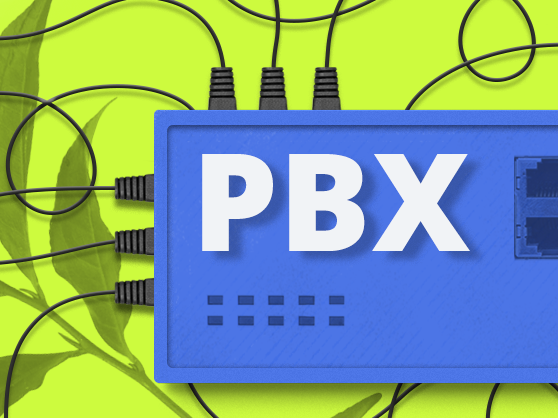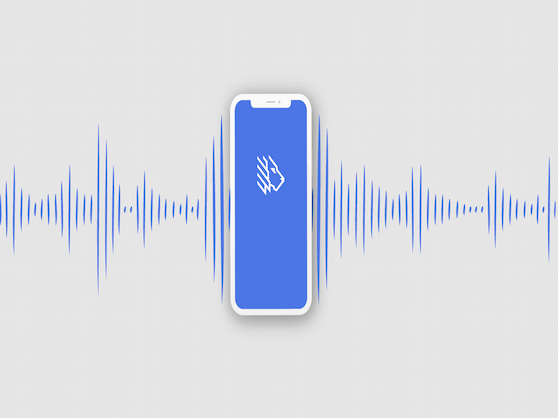Over the last twenty years, VoIP (Voice over Internet Protocol) has revolutionized the telecoms industry. The advantages of using broadband internet to make and receive voice calls – rather than traditional copper phone lines – are being enjoyed by forward-thinking businesses all over the world.
But businesses aren’t the only ones opting for VoIP. Everyday consumers are also recognizing the vast benefits of VoIP and choosing to install VoIP services in their homes. According to Ofcom, 103 billion minutes of landline calls were made in the UK in 2012 – and this plummeted to just 54 billion in 2017.
Thinking about switching to VoIP but unsure of the benefits? Don’t worry, we’re here to help you make the decision.
Here are six ways in which VoIP can vastly improve your home telephone service.
1. It’s cheaper than a traditional landline phone
If you’ve already got a broadband connection in your home, both the installation and use of VoIP might be much cheaper than you think. With voice calls traveling across the internet – in the same way that your email does – VoIP telephone providers don’t have to lay expensive physical phone lines. This saves them huge amounts of money, savings that can be passed on to you in the form of cheaper phone plans.
VoIP also reduces the cost of your individual call charges and, in many cases, makes them completely free. And just like the internet itself, VoIP voice calls know no geographical boundaries. That means VoIP largely ignores the idea of local, long-distance, and international telephone calls – leaving you free to make calls to anywhere in the world at similarly low rates.
This is hugely beneficial if you’ve got friends and relatives abroad, giving you colossal savings on previously exorbitant call costs.
2. It’s easy to install and update
A game-changing aspect of VoIP technology is its ease of installation. Whereas traditional phone lines require the manpower and inconvenience of being physically laid, VoIP does not rely on the hardware that comes with the traditional PSTN (public switched telephone network).
You also don’t have to be a technical wizard to install VoIP. It works on a simple plug-in-and-play basis and can be easily configured via a line connecting to your computer and power source. Calls can be made via the computer on loudspeaker, via an inexpensive headset, or with a VoIP telephone handset. Or, if you prefer, you can use an app on your mobile phone to make calls using the same VoIP number.
Updates to your VoIP service are as easy to implement as the installation itself. With a simple click of a button, updates can be downloaded without the need for any further software or hardware. In a world now focused on sustainability, VoIP’s reliance on broadband internet presents an eco-friendly option that we should all be conscious of.
3. You can use it wherever you go
Years ago, putting your home telephone handset in your bag and taking it elsewhere to make calls would’ve been the stuff of cartoon slapstick. But today it’s a reality, and a very convenient one at that. Whether you’re using a VoIP mobile app or a cheap plug-and-play phone, you will always have a phone with you and ready to go.
This allows consumers to use their phone when away from home, whilst still maintaining the exact same telephone number. If you’re working, you can even take a headset with you to keep business going.
4. It comes with a range of useful extra features
A significant functional advantage of VoIP in comparison to traditional phone systems is the amount of add-on technology that comes with the service. As VoIP phones receive their data differently, this allows for a multitude of extra features.
Many VoIP phone services provide features as part of their standard package that would have incurred extra charges – or that would simply have been impossible – with traditional phone system suppliers.
Features like call forwarding, three-way calling, caller ID, electronic and video messaging are just a selection of what’s on offer.
5. It makes moving hassle-free
For those with a traditional telephone service and who are in the process of moving to a new house, contacting the carrier to transfer phone lines is a necessary but tiresome task. With VoIP, this process is removed as your service is not connected to a particular line, device, or residence.
Much like using your telephone when traveling, a VoIP phone is simply unplugged from the modem and transferred to your new home – all while keeping the same telephone number and account.
6. It’s only going to get bigger and better
Just as VoIP has seen businesses propel to the forefront of the very latest telecom technology, more consumers are recognizing that VoIP is the future of all telephone communication.
With superior telecoms available, the traditional PSTN has effectively become a legacy product and telephone carriers have already started to reduce their investment in the old technology. Whether through choice or market availability, VoIP is becoming a common feature of the home and will continue to do so.
With 5G about to transform ultra-speed mobile internet, the scope for VoIP is about to get even bigger. Companies are going to invest less and less in copper-wire phone lines, which is a driving force for many households to future-proof their telephone systems in anticipation.
Author bio: Sam O’Brien is the Senior Website Optimisation & User Experience Manager for EMEA at RingCentral, a global VOIP systems provider. Sam has a passion for innovation and loves exploring ways to collaborate more with dispersed teams.




























